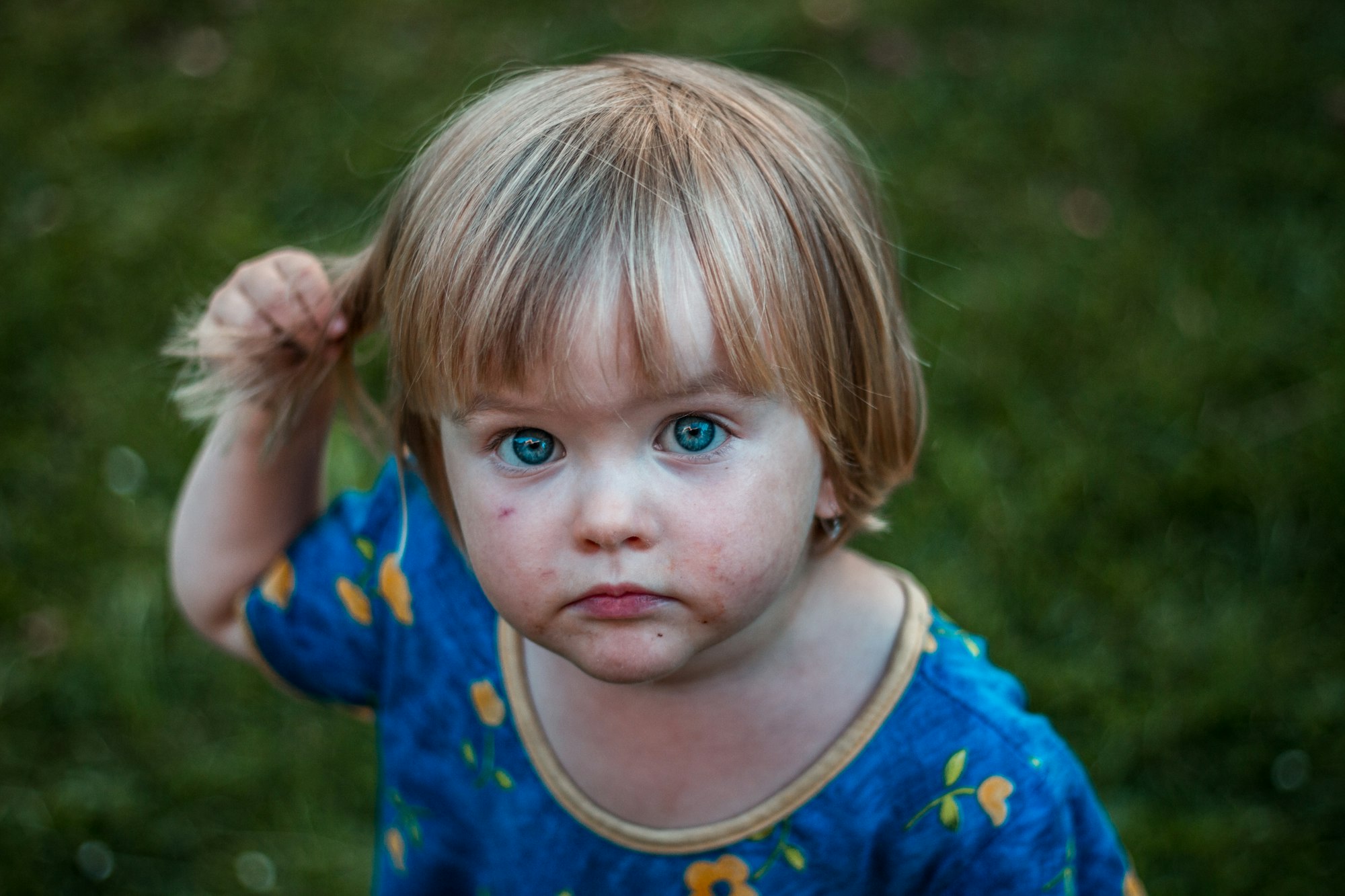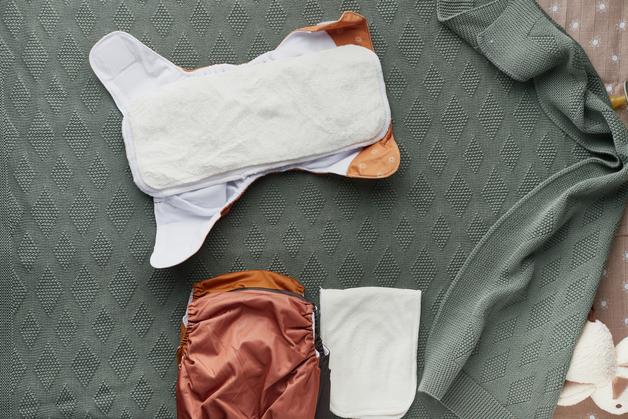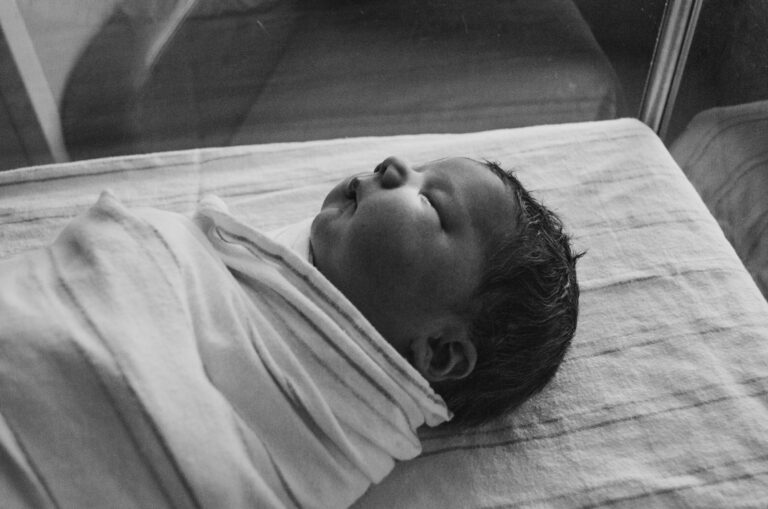Seeing a chicken pox infant can send a wave of questions—sometimes anxiety—racing through a parent’s mind. Maybe a tiny red spot has appeared overnight, or perhaps a neighbor mentioned a school outbreak. Suddenly, any cough, fussiness, or change in appetite prompts fresh concerns. Fever, itching, clusters of blisters: it’s easy to feel overwhelmed when your child’s delicate skin seems under siege by something as unpredictable as the varicella-zoster virus. Parents often ask: how dangerous is this for babies? Should you isolate? What actually works to soothe that relentless itch? And above all, how do you keep other family members—especially younger siblings or newborns—protected?
Below, discover a medical deep dive; clear, science-informed guidance to help decode symptoms, keep your baby comfortable, and safeguard your family. Each step, each stage, every symptom—unraveled to restore a sense of calm and confidence, even in the midst of the itch.
Recognizing chicken pox infant: first signs to act on
Wondering how to tell the difference between a chicken pox infant and a regular rash? The telltale sign is a rash that morphs: tiny red or pink spots soon blossom into fluid-filled blisters, then crust over. Blisters appear in “crops”—meaning that on your baby’s skin, you may see pink bumps, fresh vesicles, and crusted scabs, all at once. Classic areas include the face, scalp, chest, back, and sometimes surprising places, like the mouth or even the genitals.
But chicken pox infant symptoms are rarely limited to skin changes. That sudden, unexplained fussiness? Poor appetite, low-grade fever (typically under 39°C or 102°F), even disrupted sleep—these can all precede or accompany the varicella rash.
Occasionally, confusion arises with other infant rashes. Eczema brings dry, red/orange patches, typically on cheeks and behind ears, rarely blistering. Diaper rash stays put; it won’t migrate to the scalp. Allergic rashes are often linked to contact with something new or irritating. If your baby is younger than one month or immunocompromised, every new rash should prompt immediate discussion with your pediatrician.
Understanding chicken pox infant risk: how does it really spread?
The varicella-zoster virus (VZV), mastermind of chicken pox infant troubles, is both persistent and wily. Incubation—meaning the silent period from exposure to first symptoms—spans 10 to 21 days. During this window, the virus busily multiplies, prepping for its signature skin debut.
A chicken pox infant is most contagious from 1–2 days before the rash erupts until every blister dries and crusts (usually about 7 days). Contagion happens in two ways: airborne (coughs or sneezes) and contact with fluid from blisters. Even brushing against bedding or clothing, if contaminated, carries risk.
Who is especially at risk? Not all babies face the same odds. Infants under one month, preemies, or those born to mothers never exposed to chickenpox carry heightened vulnerability. Similar vigilance is needed for babies with immune disorders or on immunosuppressive medicine.
Wondering about isolation? The best move is to keep your chicken pox infant at home at the first sign of symptoms—either fever or rash—until all skin lesions are dry and no new blisters appear. Pregnant women without evidence of immunity, newborns, and those with weakened immune systems require extra safeguards and prompt expert input.
Chicken pox infant symptoms: from first clue to full picture
Symptoms often tiptoe in. Maybe your usually active baby seems oddly tired, wants to eat less, or has a low fever. An uncharacteristic crankiness might be the only warning. But within a day or two, the rash reveals itself.
Stages of the rash in a chicken pox infant:
- Early: Pink-red spots, sometimes just a handful at first.
- Blister stage: Quickly, lesions fill with clear fluid (vesicles), often described as “dew drops on a rose petal.”
- Crusting phase: Blisters rupture and dry out, forming a crusty scab that can itch intensely.
These cycles repeat in waves, so you’ll often see different types of lesions at once. Mucous membranes—inside the mouth, eyelids, or even the diaper area—might develop ulcers or sores.
Most babies also show fatigue, mood changes, and sometimes mild cough. Notably, some very young or preterm infants might not spike a fever, reflecting their still-developing immune system.
Diagnosing chicken pox infant: what doctors look for
Medical assessment for a chicken pox infant starts with observation. Is there a classic rash involving bumps, blisters, and crusts? Have symptoms emerged alongside low-grade fever, irritability, or loss of appetite? These clues, together, generally point straight to chickenpox.
If uncertainty remains—perhaps the rash looks atypical or complications are suspected—medical teams sometimes turn to targeted tests. A PCR test (a molecular swab from a blister) can confirm the presence of varicella DNA. Bloodwork for varicella-specific antibodies might be chosen, especially when evaluating infants with weak immune systems or ambiguous symptoms.
Distinguishing chicken pox infant rashes from others (like hand, foot, and mouth disease, insect bites, or bacterial skin infection) hinges on careful history and physical exam. Multiple lesion types appearing together, and a link to possible exposure, usually help clinch the diagnosis.
Potential complications: when chicken pox infant poses extra danger
For the overwhelming majority, chicken pox infant presents as a self-limited condition—a temporary storm of discomfort, then calm. Still, complications do sometimes occur and can be more significant in infants than older children.
Red flags to prompt medical review include:
- Babies less than one month old
- Rash around the eyes or evidence of eye involvement
- Any sign that blisters look inflamed (red, warm, oozing pus)
- High or persistent fever
- Trouble feeding, difficulty staying awake, lethargy
- Difficulty breathing or persistent cough
- Signs of dehydration: dry mouth, no tears, scanty urine
- Neck stiffness, vomiting, unusual movements
- Hemorrhagic (bleeding) blisters
Why are infants extra-vulnerable? Their immune responses are still maturing. The risk escalates for preterm newborns, those whose mothers contracted chickenpox at or near the time of delivery, and immunocompromised infants.
Possible complications, though rare, span:
- Secondary bacterial skin infections (may require antibiotic therapy)
- Pneumonia
- Neurological involvement (such as varicella encephalitis)
- Dehydration and feeding difficulty
- Sepsis (systemic infection)
Soothing a chicken pox infant: medical and home remedies
Treatment for a chicken pox infant zeroes in on comfort and preventing complications:
- Acetaminophen (paracetamol): Safely lowers fever and provides relief. Avoid aspirin (linked to Reye’s syndrome) and NSAIDs like ibuprofen (risk of skin complications).
- Oatmeal baths: Cool or lukewarm baths with finely ground oatmeal can soothe itching. Limit bath time and dab skin dry—avoid vigorous rubbing.
- Calamine lotion: Dabbing this over intact blisters can offer temporary itch relief. Creams containing antihistamines may be suggested, but only if recommended by your healthcare provider.
- Short nails and mittens: These simple precautions reduce the risk of skin trauma and secondary infection from scratching.
- Loose, soft clothes: Anything tight or scratchy amplifies discomfort.
- Hydration: Offer fluids more often, whether breastmilk, formula, or water suitable for your child’s age.
For high-risk infants—newborns, preemies, or those with weakened immunity—doctors may prescribe antiviral medication like acyclovir (especially effective if started in the earliest stages of rash) or even hospital admission for careful monitoring.
Skin care: Stick to gentle, fragrance-free cleansers. If any lesion looks suspicious for bacterial infection, your pediatrician might recommend local antiseptics, often with chlorhexidine.
If a secondary infection is spotted—yellow crusting, oozing, or rapidly spreading redness—antibiotics may become necessary.
Antihistamines occasionally feature for severe itching, but only under medical advice.
Preventing chicken pox infant: vaccines, hygiene, and living with exposure
Protecting a chicken pox infant means thinking both individually and collectively:
- Varicella vaccination: The single most effective preventive tool, recommended from 12 months of age with a booster later in childhood. Immunizing siblings, parents, and contacts constructs a wall of community protection.
- Hand hygiene: Frequent, thorough handwashing for everyone in the home.
- Avoidance: Babies should be kept away from anyone with suspected or active chickenpox or shingles until all blisters have fully dried.
- Isolation: If an older child develops chickenpox, try to separate them from your chicken pox infant as much as is practical.
- Daycare/school policy: Infected children remain home until lesions have scabbed over; this applies for at least a week from rash onset.
In complex situations—such as a newborn whose mother has no immunity and is exposed—Varicella Zoster Immune Globulin (VZIG) may be administered. Ideally within 96 hours, but up to ten days after contact, VZIG limits the severity or risk of full-blown infection.
Chicken pox infant and pregnancy: a two-way risk
When a pregnant woman contracts chickenpox, especially during early gestation, rare but serious complications may result. These include congenital varicella syndrome for the baby—a set of possible birth anomalies. If infection occurs around the time of delivery, the newborn faces risk for neonatal varicella, which is potentially severe.
Prevention is paramount. Varicella vaccine is contraindicated in pregnancy but essential before conception. If a pregnant, unimmune woman is exposed, rapid administration of VZIG and/or discussion of antiviral therapy (acyclovir) with a specialist is warranted.
Newborns from exposed mothers are often observed in hospital for up to two weeks, ensuring prompt intervention at the slightest warning sign.
Recovery, aftercare, and long-haul protection for chicken pox infant
Wondering how long this ordeal lasts? Recovery typically unfolds over 10 to 12 days. Blisters dry and drop off, skin slowly returns to its usual state. Vigilant skin care and discouraging scratching matter most during this time; persistent hydration, gentle cleansing, and careful observation help speed recovery.
Long-term, both infection and vaccination provide solid immunity. Most children who recover from a classic chicken pox infant episode will not contract it again. Maternal antibodies—transferred during pregnancy and potentially through breastmilk—can offer some protection during the first months of life if the mother has prior immunity.
Key takeaways
- Chicken pox infant presents most commonly with an itchy, blistering rash—accompanied by fever, fussiness, and appetite changes.
- Infants under one month, preterms, and babies with weakened immune systems face higher risk for complications and should be monitored closely.
- Home support prioritizes gentle skin care, acetaminophen for fever, and proactive prevention of scratching. Never use aspirin or NSAIDs.
- Vaccinating older children and close contacts protects infants too young for their own shots.
- Prompt attention for red-flag symptoms—such as eye involvement, persistent fever, or signs of dehydration—is essential.
- Family routines matter: handwashing, avoiding exposure, and respecting exclusion from group settings all help shield your baby.
- There are effective resources and medical options for parents at every step. For personalized advice and free child health questionnaires, download the Heloa app.
Whether you’re facing your first experience with a chicken pox infant or searching for reassurance, reliable knowledge—paired with empathy and practical strategies—means you have what you need to steer your family through, itch and all.
Questions Parents Ask
Can breastfed babies get chicken pox?
Yes, even babies who are exclusively breastfed can catch chicken pox if they are exposed to the virus. While breastmilk offers valuable antibodies that may help reduce the severity or duration of symptoms, it doesn’t provide complete protection against infection. If a breastfeeding mother has had chicken pox before or is vaccinated, her antibodies can give her baby some passive immunity, but this does not guarantee total immunity. If you notice any suspicious rash or symptoms, it’s always reassuring to consult your healthcare provider for tailored guidance and to discuss the best way to comfort and protect your baby.
How can I help my baby sleep better with chicken pox?
Sleep can be challenging for infants dealing with itchy, uncomfortable chicken pox. Try to maintain a calm, soothing bedtime routine and keep your baby’s room cool—heat can make itching more intense. Loose, soft pajamas and bedding can prevent additional skin irritation. Giving a gentle, lukewarm bath with finely ground oatmeal before bed can provide temporary itch relief. If your baby seems particularly uncomfortable or has trouble settling despite these approaches, don’t hesitate to reach out to your pediatrician for advice. Adapting routines and offering extra comfort is completely normal during this period—many families find that a little extra cuddling can make a big difference.
Is there a risk of scarring after chicken pox in babies?
Scarring is rare in most healthy infants who have chicken pox. The main risk for marks comes from scratching open the blisters, which can lead to small scars or darker spots as the skin heals. Keeping your baby’s nails short and using soft mittens can help minimize this risk. Scabs should fall off naturally on their own—there’s no need to pick at them. Most of the time, any marks left behind will fade over the weeks and months that follow. If you’re worried about a particular spot or notice anything unusual, asking your pediatrician for reassurance is always a good idea. Remember, caring for your baby’s skin gently supports its natural healing process.









